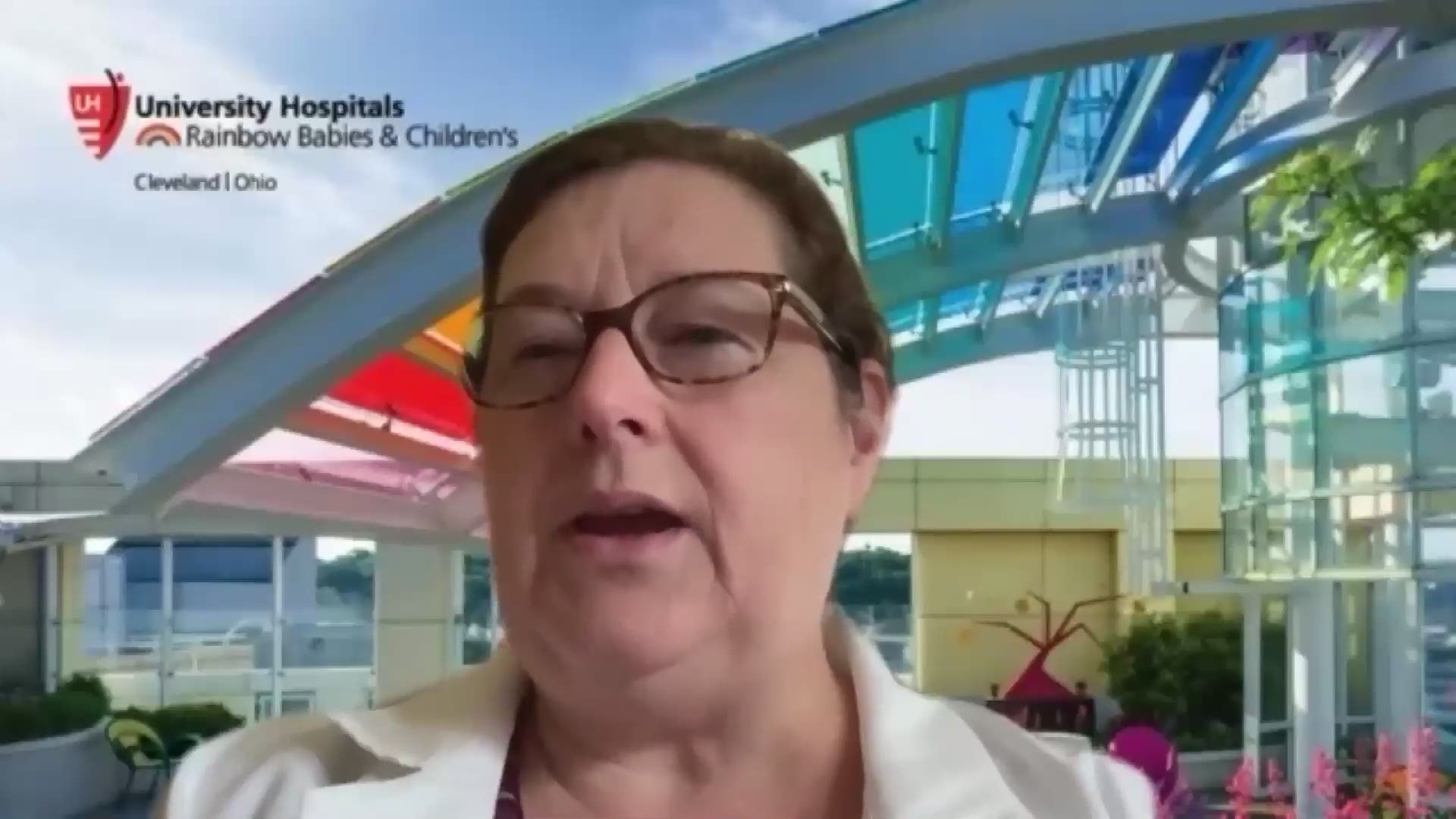SAN FRANCISCO — Researchers at the University of California San Francisco have come up with a potential breakthrough in the battle against COVID-19.
A team of UCSF scientists have engineered a completely synthetic, production-ready molecule "that straitjackets the crucial SARS-CoV-2 machinery that allows the virus to infect our cells."
In an aerosol formulation, dubbed “AeroNabs” by the researchers, these molecules could be self-administered with a nasal spray or inhaler. Used once a day, UCSF scientists say AeroNabs could provide powerful, reliable protection against coronavirus until a vaccine becomes available.
“Far more effective than wearable forms of personal protective equipment, we think of AeroNabs as a molecular form of PPE that could serve as an important stopgap until vaccines provide a more permanent solution to COVID-19,” said AeroNabs co-inventor Peter Walter, PhD, professor of biochemistry and biophysics at UCSF and a Howard Hughes Medical Institute Investigator.
For those who cannot access or don’t respond to SARS-CoV-2 vaccines, Walter added, AeroNabs could be a more permanent line of defense against COVID-19.
So what is next for AeroNabs?
The research team is in active discussions with commercial partners to ramp up manufacturing and clinical testing of AeroNabs. If these tests are successful, the scientists aim to make AeroNabs widely available as an inexpensive, over-the-counter medication to prevent and treat COVID-19.
“We’re not alone in thinking that AeroNabs are a remarkable technology,” co-inventor Aashish Manglik said. “Our team is in ongoing discussions with potential commercial partners who are interested in manufacturing and distributing AeroNabs, and we hope to commence human trials soon. If AeroNabs prove as effective as we anticipate, they may help reshape the course of the pandemic worldwide.”
WATCH: Dr. Claudia Hoyen from University Hospitals Rainbow Babies and Children's Hospital talks about the potential breakthrough from UCSF in the player above
You can learn more about AeroNabs below:

